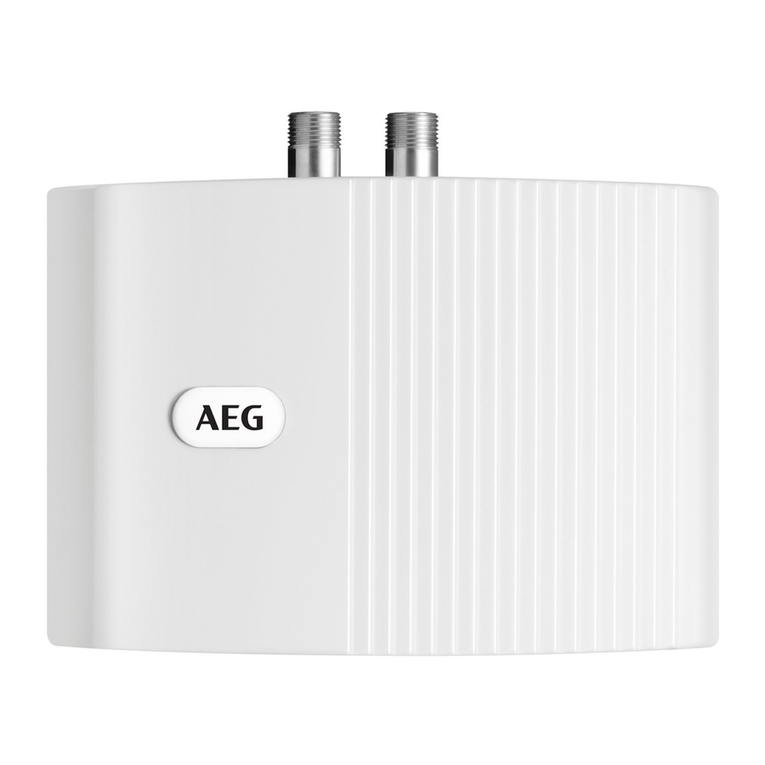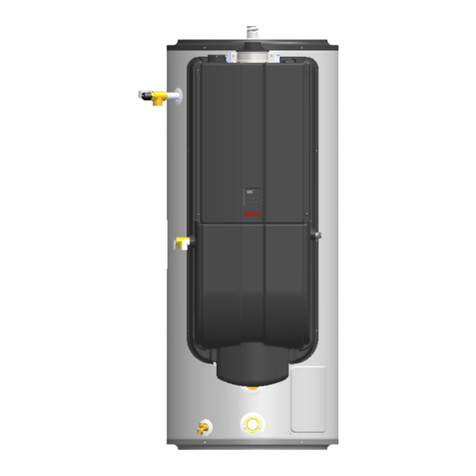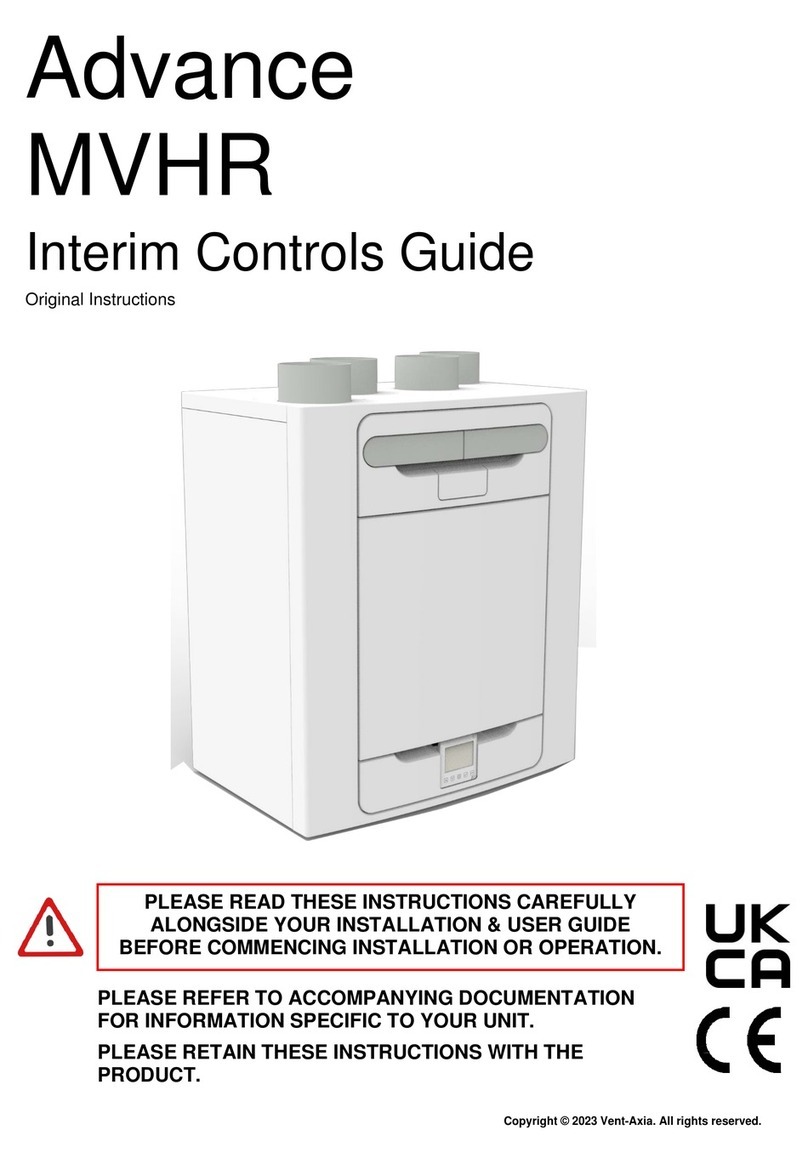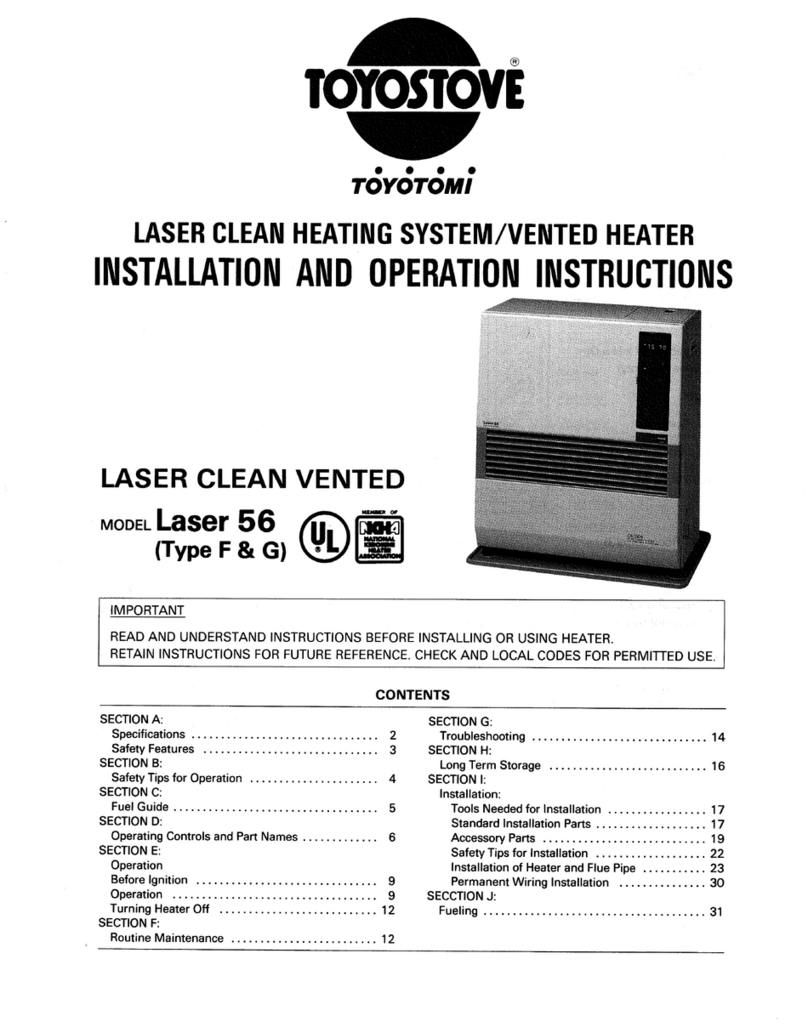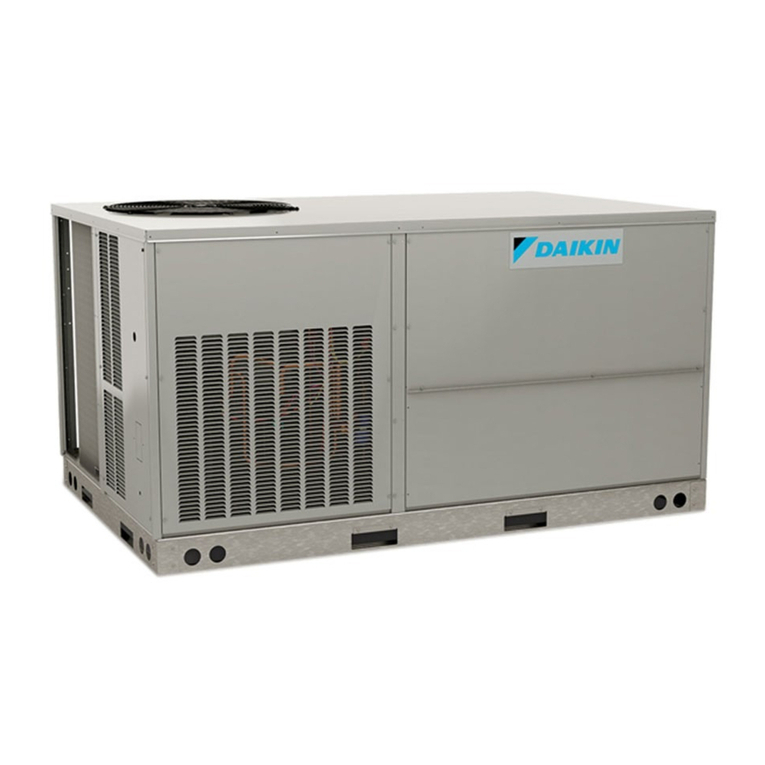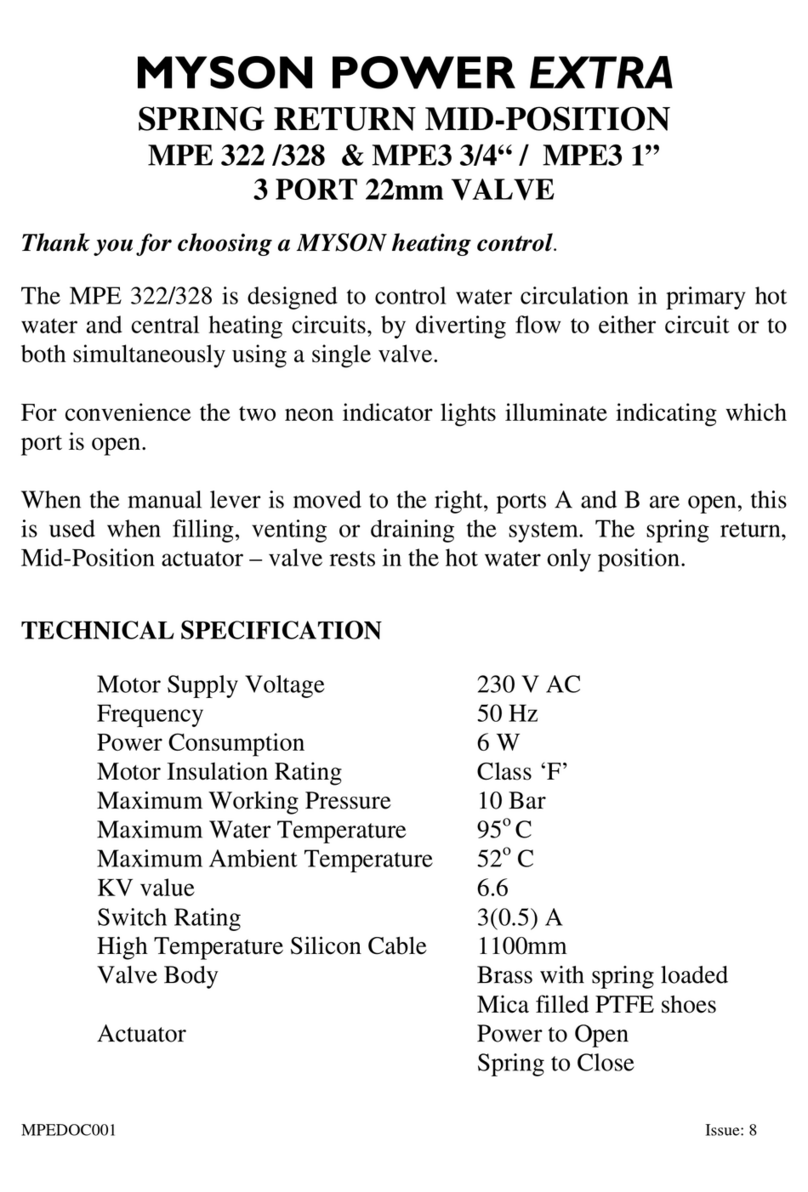EvolutionFX EVOAQ User manual

EVOAQ Standalone Heat Transfer System
– Installation instructions
Thank you for purchasing our EVOAQ Rocket Heat Transfer System. Please read the following
instructions before installing your heat transfer system.
Working in the ceiling space can be a hazard. Please take any relevant safety precautions before
and during the installation to ensure the safety of yourself and any others.
This system has been manufactured following current technical safety regulations and is in
compliance with AS/NZ60335 standard.
EVOAQ Heat Transfer system –how it works
Before installing the system, it is important to understand how this heat transfer system works. The
fan itself is controlled by internal electronics and sensors, and its operation mode can be adjusted
using the wall controller provided. If no wall controller is connected, the fan will revert to its default
mode which is HIGH speed.
When the fan is first turned on using the wall controller, it runs at a low TRICKLE speed sensing the
air temperature going through the fan. Once the room heats up and this air reaches a pre-defined
minimum temperature, the fan will speed up to about 40% speed. After this, the fan will continue to
measure the air temperature and adjust its speed accordingly, speeding up if there is enough heat
available in the heat source room, and slowing down if the temperature drops again. After the heat
source stops to provide heat to the room, the fan will keep running, slowing down as the room starts
to cool down, until it reaches its minimum TRICKLE speed again. It will then keep running at this
speed until the room heats up to the minimum temperature again, or the controller is turned off.
The controller can be set to LOW, MED, or HIGH speed. This speed setting limits the maximum speed
the fan will speed up to, but the fan itself will determine which speed it should go to depending on
the air temperature. The set temperature on the controller is used for AUTO speed to switch
between the 3 settings, and will also switch the setting to LOW if the room temperature gets more
than 5°C warmer or colder than the set temperature.
Ducting Layout
Use the layout provided as a guide to place the ducting inside the ceiling space. It is important to
take some time planning the layout before commencing the installation to ensure you have all the
components in the right place and to speed up the installation process. Keep in mind that the ceiling
space may need to be accessed by service people so avoid placing the ducting where it may be
stepped on or otherwise damaged.
When placing the ducting, make sure it is stretched out fully and cut it to the required length. Keep
the ducting as straight as possible but avoid using sharp bends, instead using large gradual bends
wherever needed. The length of ducting between the fan and each diffuser should be at least ~3m. If

possible, keeping the length between each diffuser and the fan roughly equal may be beneficial but
is not essential. Avoid crossing over the ducting wherever possible.
To tape the ducting onto the fan, diffusers, or Y-branches, first push back the insulation and outer
sleeve to expose the inner ducting, tape this inner ducting, then pull the insulation and outer sleeve
back over and tape down the outer sleeve of the ducting (not required for the diffusers).
Acoustic ducting: Use ~3m of acoustic ducting between the heat transfer inlet and heat transfer fan
to stop any noise from the fan getting transferred back into the heat source room. Additionally,
place ~1m of acoustic ducting between the fan and the first Y-branch to stop noise from the fan
travelling to the outlets.
Insulated ducting 150mm: Use the 150mm insulated ducting to connect the Y-branches in the
system if required.
Insulated ducting 125mm: Use the 125mm insulated to connect the diffusers to the Y-branches. Run
the ducting back to the Y-branch then cut to the required length. Tape the 150-125mm reducer onto
the inner sleeve of the ducting, the place over the Y-branch and tape it in place. Pull the insulation
and outer sleeve over the reducer and tape it onto the Y-branch.
The ducting provided with our heat transfer systems is glass-wool or polyester insulated and has
an insulation rating equivalent of R2.5, and a rating of R1.5 for the acoustic ducting.
Installing the Heat Transfer fan
Place the fan away from living areas and bedrooms to minimise any noise. If possible, place the fan
near the ceiling access hatch for easy access for maintenance.
Using the cable ties and chain provided, suspend the fan from the rafters. Use the cable ties to
connect the fan to the chain, either by looping them through the fan base or the screws holding the
metal rings on the fan in place. Do not connect the fan directly to the chain or screw directly onto
the rafters, as this could result in vibrations and noise.
Suspend the fan from the rafters so that it sits above any ceiling material –about 100-200mm above
the ceiling. The ducting however may be placed directly onto the insulation material inside the
ceiling space and does not need to be suspend from the rafters.
Do not place the fan upside down as this may damage the fan electronics. Cut the chain to the
required length to avoid any noise from the loose chain.
The fan requires a single, standard, power point in the ceiling. It is designed to be plug and play, and
should not be wired into a wall switch. To turn off the fan, use the wall controller to turn off the heat
transfer system, or unplug the fan from the power point.
Installing the room diffusers
Identify the ideal location you wish to place each diffuser. Keep the diffusers away from doorways to
avoid the heated air being sucked out of the room instead of mixing with the air inside the room. It is
fine to place them near windows. The diffusers should not be placed directly above beds or couches.

To install the diffusers, drill a hole where the centre of the diffuser will go. Check the diffusers will
not be directly underneath timber or pipes and the space above it is clear to connect the ducting to
the diffuser. We recommend using a 127mm hole saw to drill the hole for the diffusers.
Run the ducting to the diffuser inside the ceiling space. To tape the diffusers onto the ducting, pull
the inner sleeve of the ducting through the hole in the ceiling, tape it onto the black ring of the
diffuser, push the fins on the diffuser ring inwards and push the diffuser up into the ceiling. The
outer sleeve should be pulled back over the diffuser ring but does not need to be taped on.
Wind up the diffusers so you have similar airflows coming out of each room. The gap between the
diffuser and insert should be no more than about 10mm. It is possible to wind up the diffuser fully to
shut off the air to any room if required.
Installing the inlet diffuser
The heat transfer inlet should be placed within 3-6m from the heat source. Do not place the inlet too
close to the heat source i.e. within 1.5m from the heat source (e.g. fireplace flue) –the air from the
heat source may be too hot and could damage the fan.
Identify the location where you want to place the inlet and drill a hole. Check the ceiling space above
it is clear to place the diffuser. Use the cardboard cut-out as a guide to cut the hole for the diffuser,
then adjust the hole and cut to fit. Make sure the clips on the side of the diffuser are flipped up
before putting the diffuser in place.
The heat transfer inlet is 150mm and can be connected directly to the supplied acoustic ducting. Pull
the inner sleeve of the acoustic ducting out of the hole, tape it onto the diffuser, the push the
diffuser into place. The clips on the side of the diffuser should automatically flip down to hold the
diffuser in place. Use some force to push the diffuser onto the ceiling, if needed, to clip it in fully.
Installing the fan controller
The specific instructions on how to place and install the controller are detailed in the user manual
provided with the controller. Please refer to this user manual before installing the controller.
The controller is a standard ventilation controller and does not need to be placed inside the heat
source room to function properly. Choose a convenient location to place the controller, like a
hallway or inside the living room, where the controller may be easily accessed to change the system
settings.
The controller can be switched between winter (snowflake) and summer (sun) mode but heat
transfer will only work in winter mode. Summer mode will shut down the heat transfer fan and is
only used if the heat transfer is installed as an add-on kit to our EVOAQ ventilation systems.
The wall controller should be connected to the fan using the provided data cable. It is a low voltage
connection so is safe to install without a registered electrician.
For further information, please contact EvolutionFX NZ Limited
Email: info@evolutionfx.co.nz
Phone: +64 9 558 5590
Table of contents
Popular Heating System manuals by other brands
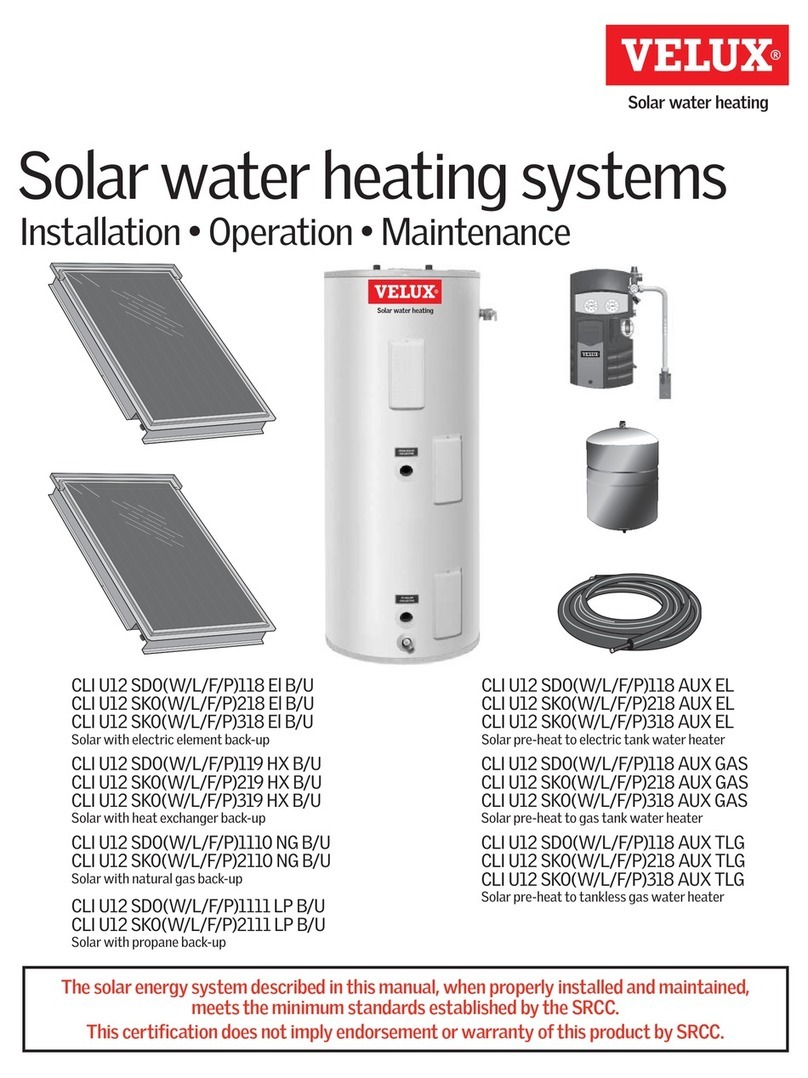
Velux
Velux CLI U12 SD0(W/L/F/P) 118 El B/U instruction manual
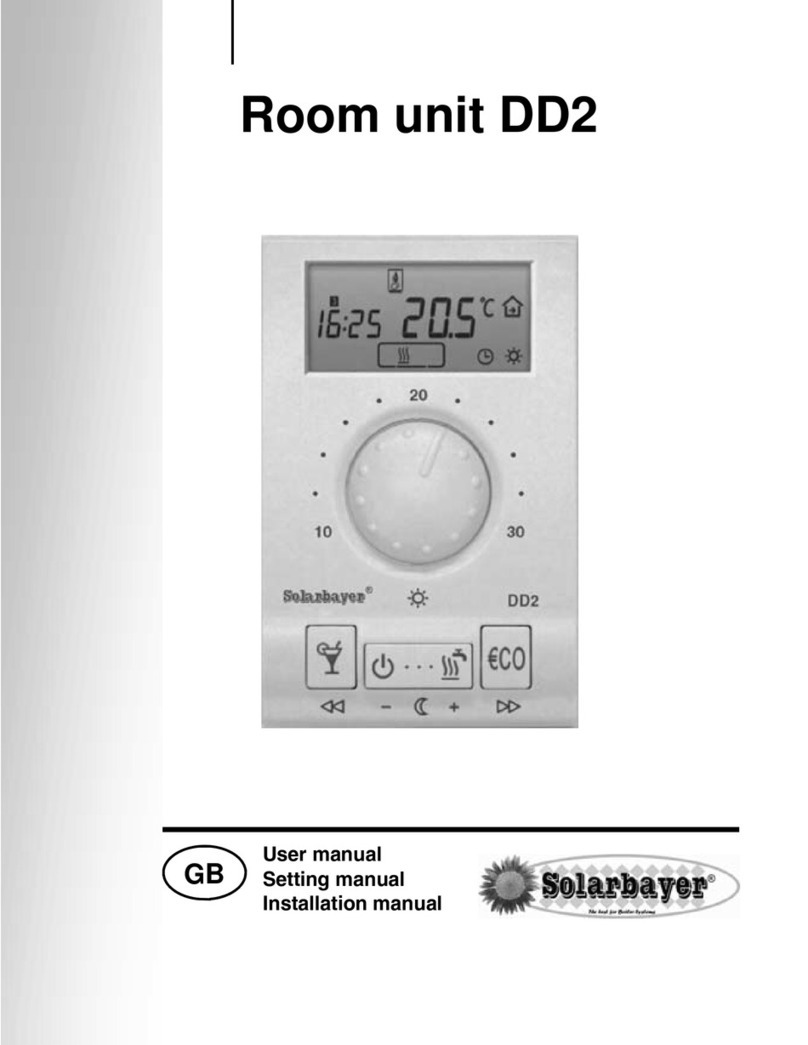
Solarbayer
Solarbayer DD2 user manual
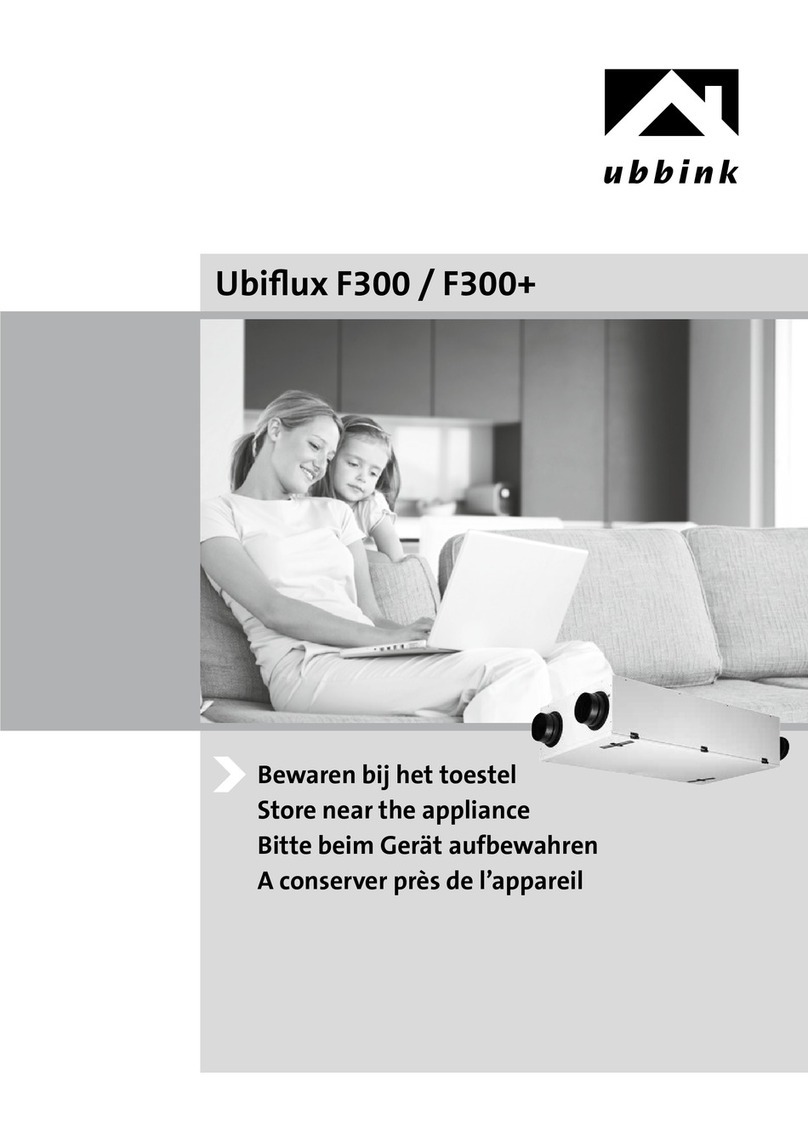
ubbink
ubbink Ubiflux Series manual

Aqua-Hot
Aqua-Hot 200 Series Use and care guide
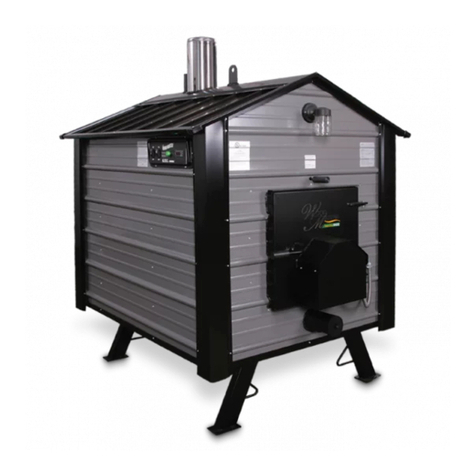
Wood master
Wood master 3300 Installation, operating and maintenance manual
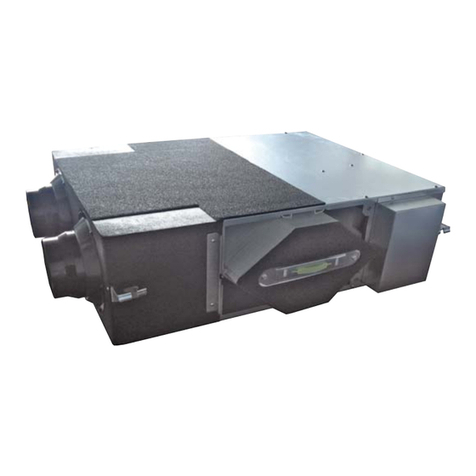
SIC
SIC CFR micro E Series Installation, use and maintenance manual

EBECO
EBECO Snowmelt Assembly instructions
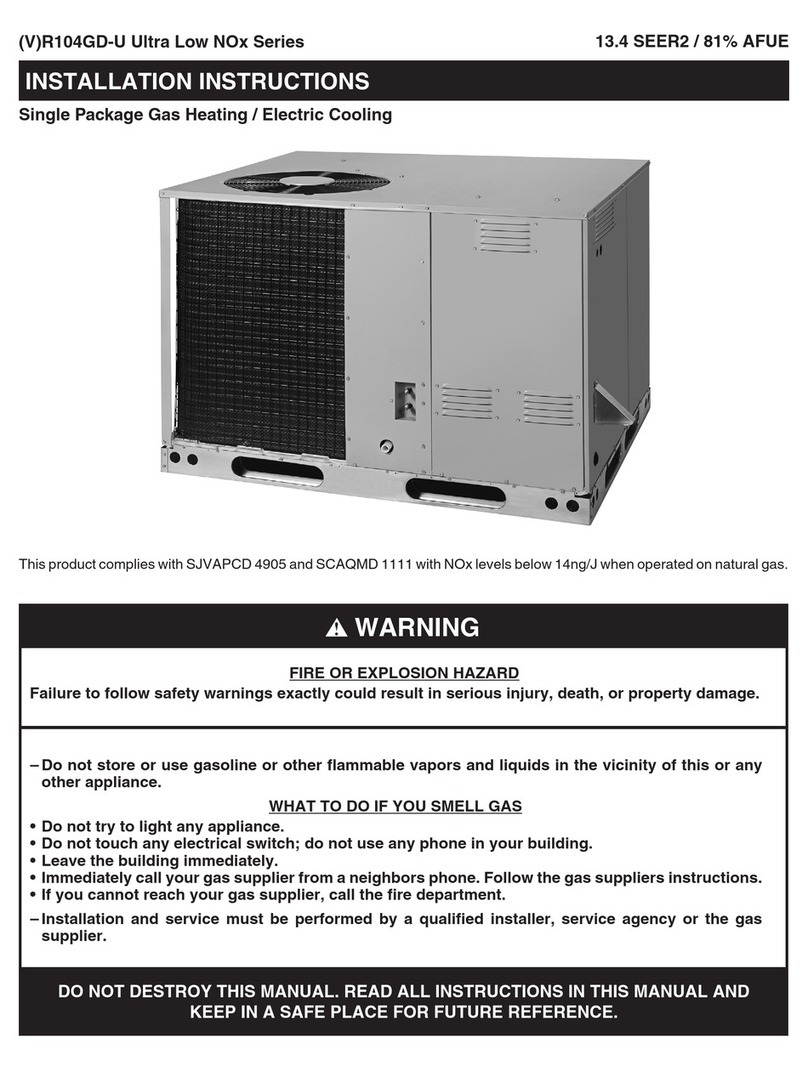
Trane
Trane VR104GD-U Series installation instructions
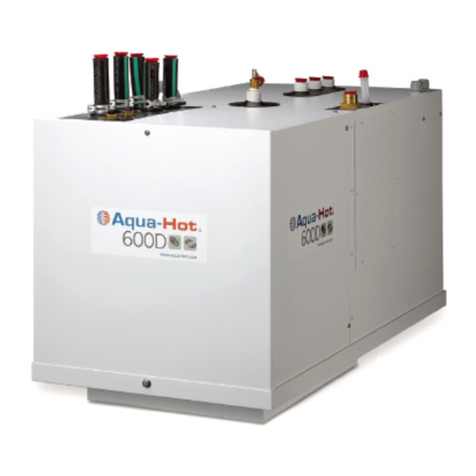
Aqua-Hot
Aqua-Hot 600 series Use and care guide
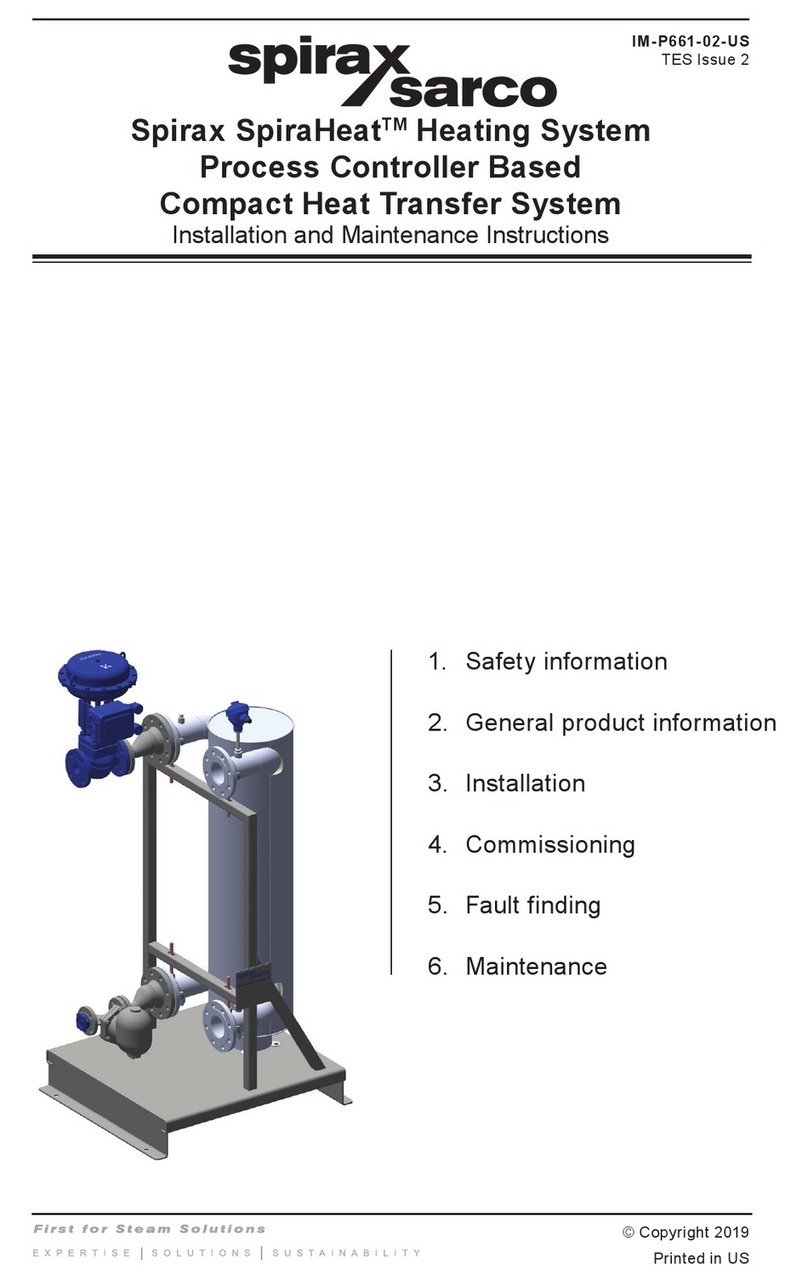
Spirax Sarco
Spirax Sarco SpiraHeat Installation and maintenance instructions

Toyostove
Toyostove Laser 30 Type B Installation and operation instructions
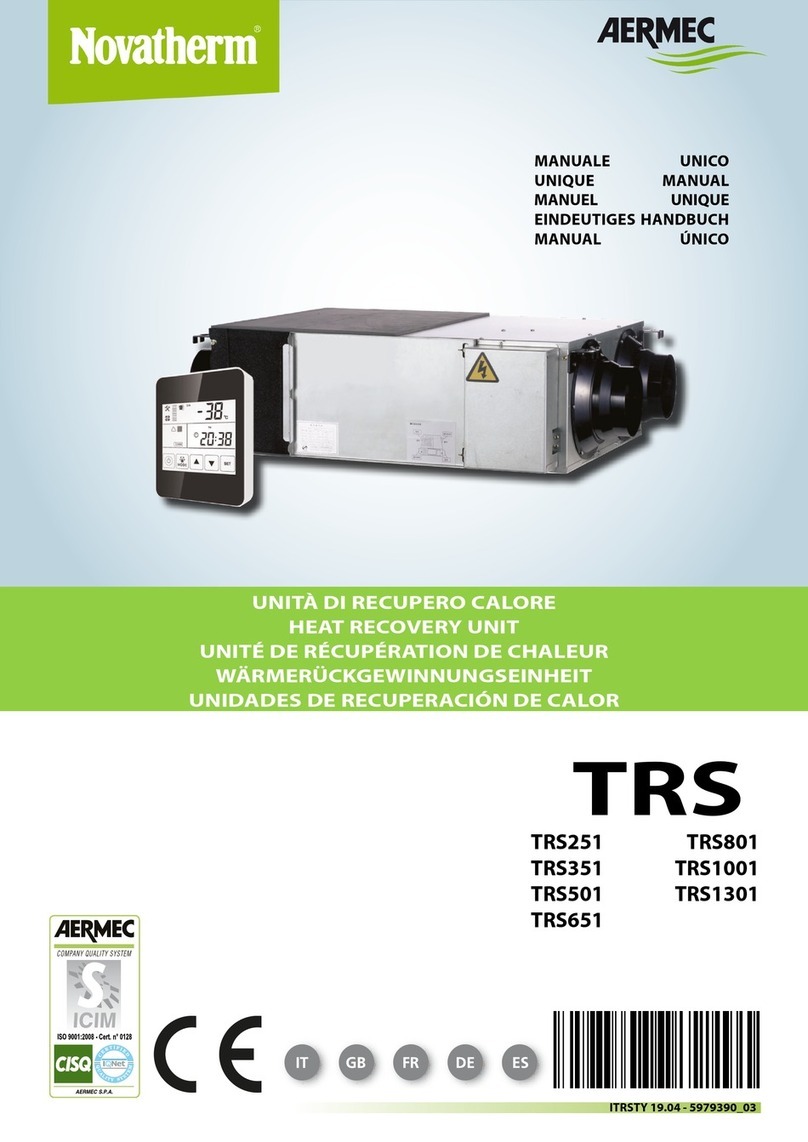
AERMEC
AERMEC Novatherm TRS Series manual
